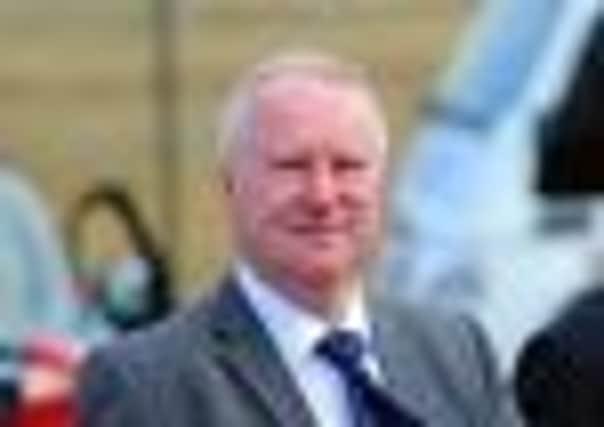£100m front-line cuts for Scotland’s NHS


All 22 regional and specialised boards are having to make cutbacks, prompting fresh warnings about reductions in services.
The new estimates, supplied to Scotland on Sunday by Audit Scotland, show the largest savings will be found by making clinical staff work harder – hoped to save £70m.
Advertisement
Hide AdAdvertisement
Hide AdBut the statistics also show boards are looking for savings of £51m in the drugs and prescriptions budget and £45m off staff costs.
It comes with NHS workforce figures, set to be published this week, expected to show a further reduction in some NHS staff numbers.
Scotland’s Auditor General has already warned that boards are finding it increasingly difficult to find new ways of saving money.
Last night, health secretary Alex Neil said that cash was still going up in the NHS, adding that the savings being imposed would be re-invested to cope with rising costs elsewhere in the health service.
But there are concerns that the total of £272m savings being ordered will be difficult to achieve.
In the case of crisis-hit NHS Lothian, the task looks especially tough with £23m of the £37m savings required identified as “high risk” – or difficult to actually achieve. The vast majority of those “high risk” savings are in staffing cuts and “productivity”.
Other NHS boards are more confident they can find the savings, but are piling the cuts on staff and drugs spending.
Despite the financial backdrop, the chief executive of NHS Scotland, Derek Feeley, used his annual report yesterday to state that the NHS had provided “some of its best ever performance during the past 12 months”. He pointed to the delivery of waiting-times targets and a fall in hospital infections.
Advertisement
Hide AdAdvertisement
Hide AdHowever, doctors’ leaders said that the cost pressures meant that ministers and clinical leaders would have to soon make “tough decisions” about “what the NHS can and cannot afford to deliver”.
It comes after the Auditor General Caroline Gardner told MSPs that the NHS in Scotland is on “an amber warning”.
On drugs and prescribing, NHS boards claimed many of the savings would accrue by switching from costly branded medicines to generic drugs, no longer covered by commercial patents.
However, they also said reviews were being undertaken by GPs and hospitals to review the volume of prescriptions, the biggest cost driver in recent years.
Savings in the salary bill come with NHS boards preparing to reduce staff numbers further over the coming year, to around 130,370, or a 4 per cent drop since 2009.
Doctors leaders said there now needed to be a clear-headed reassessment of NHS spending, with the spending freeze unlikely to let up and an ageing population piling pressure on services.
Dr Brian Keighley, chairman of the British Medical Association Scotland, said: “Politicians and managers must take a long-term view and work with healthcare professions to identify how services can be made more efficient and where cuts could be made without compromising patient care.”
He added: “Doctors are at the heart of the health service [and] are best placed to provide strong clinical leadership and identify waste and efficiencies.”
Advertisement
Hide AdAdvertisement
Hide AdBut Neil said: “We are committed to protecting spending on health, and our latest, £11.5 billion budget reflects a funding increase in real terms for every territorial health board.
“Audit Scotland’s report shows all boards met their financial targets for the fourth consecutive year and our latest figures highlight they are on track to meet this year’s targets. This is evidence in itself of robust financial management.”